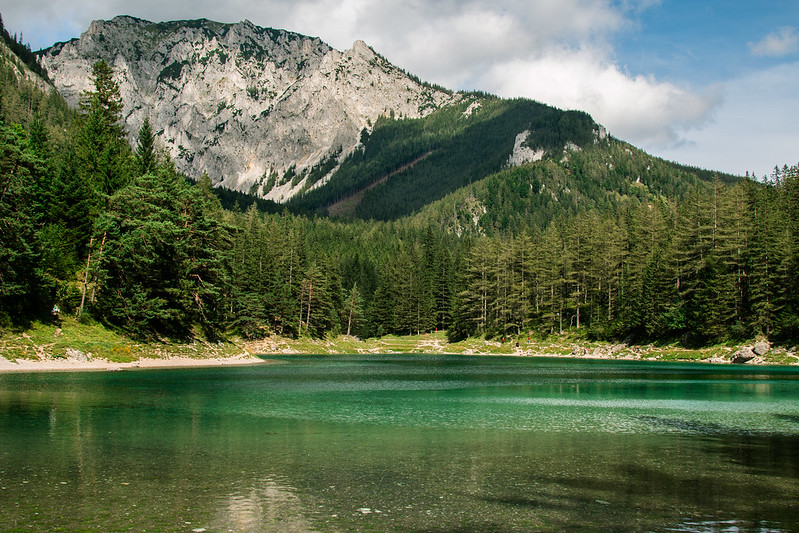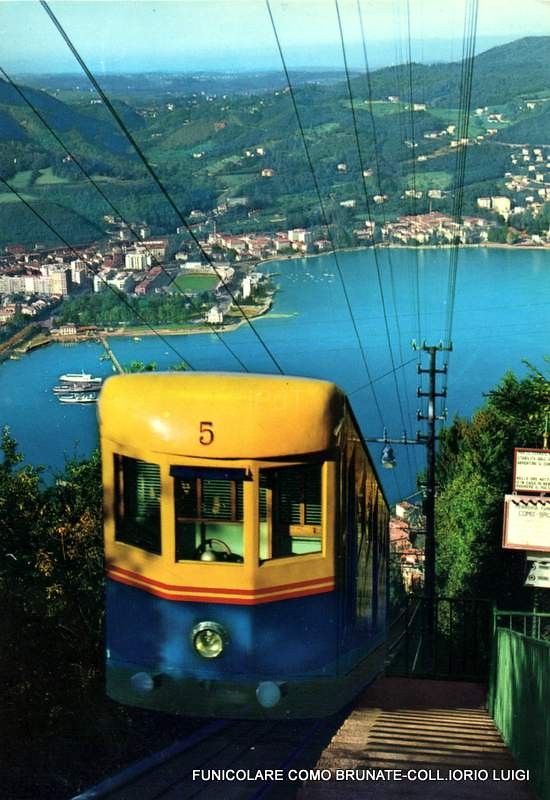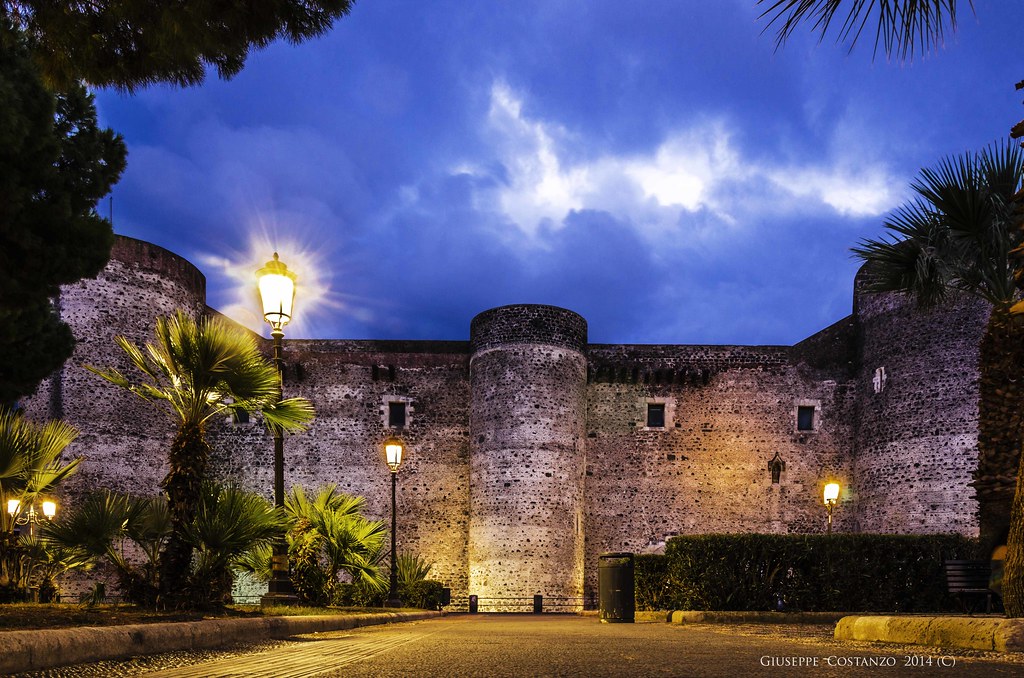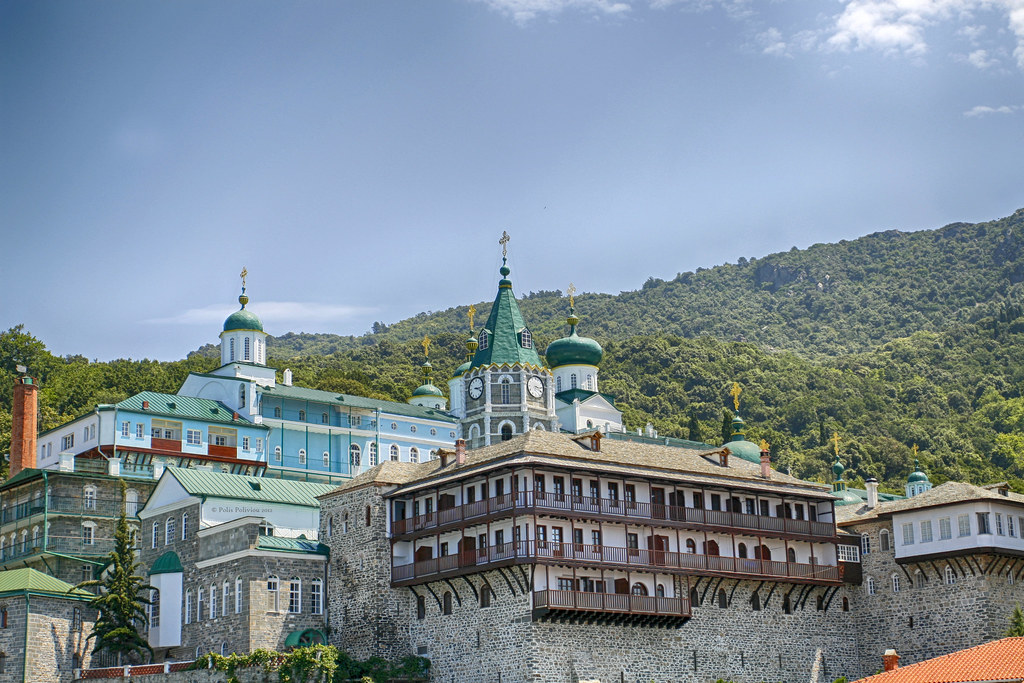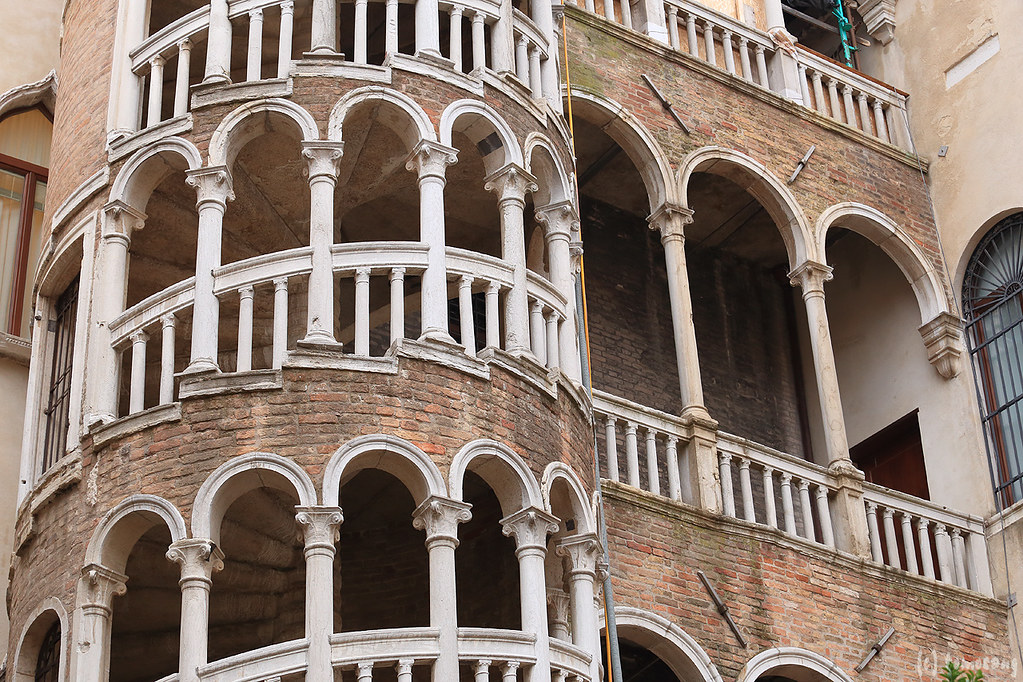From its past, Italy has inherited not only all the wonders and the beautiful traditions but also various legends and superstitions. For this reason, we have decided to take you on a journey to discover the most fascinating Italian legends, those that make you fall in love with the places where they were born.
Rosazza, built by spirits
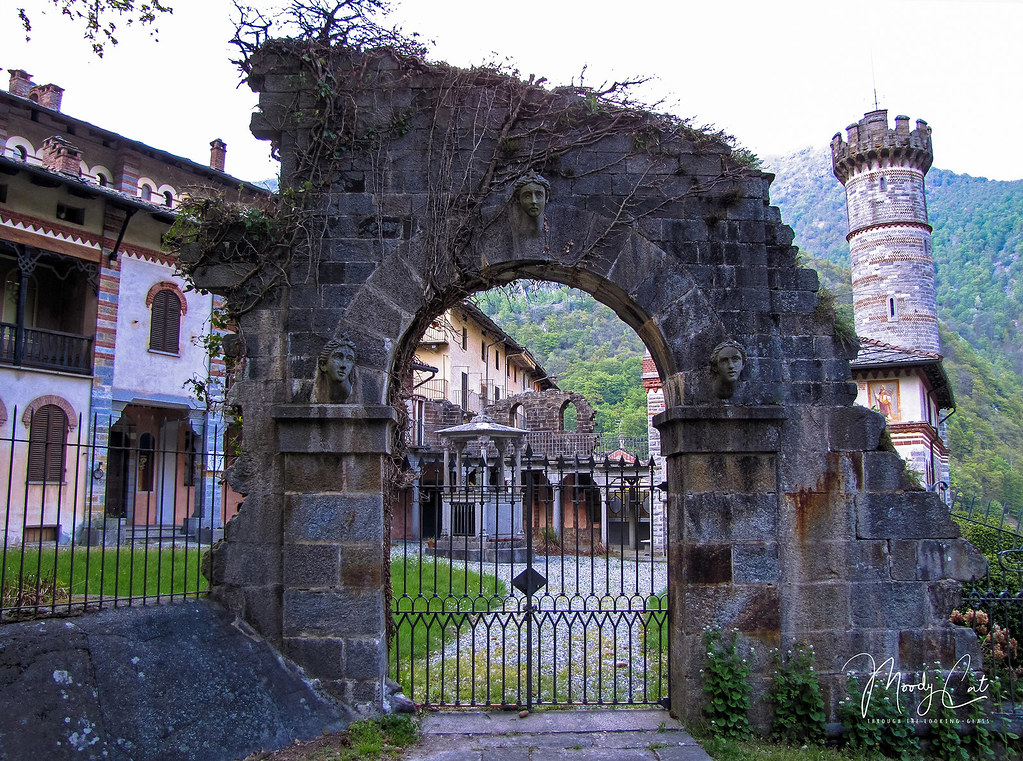
Let’s start this very special journey from Rosazza in the province of Biella. It is known as the most mysterious place in Italy since, according to tradition, it was built by spirits.
Here lived Federico Rosazza, a member of the Senate of the Kingdom of Italy and of the Young Italy association of Giuseppe Mazzini. According to what is said, it was a reference to Freemasonry in the area and that is why the city is rich in esoteric and mysterious symbols.
The Abbey of San Galgano and the sword in the stone

We then fly to Tuscany to discover the Abbey of San Galgano in the municipality of Chiusdino.
In these parts, there is a small circular chapel inside which is kept one of the most fascinating and, at the same time, mysterious relics of the whole region: a cruciform sword embedded in a rock spur. In fact, it would seem that the true legend of the sword in the stone was born here.
Villa Palagonia, with fantastic animals and anthropomorphic figures

Also super fascinating Villa Palagonia in Bagheria in the province of Palermo. Built in 1700 at the behest of the prince of Palagonia, it presents itself as a particular dwelling also thanks to the statues depicting fantastic animals and anthropomorphic figures, commissioned by the prince’s successor: Ferdinand Francesco II.
He had these statues built to exorcise his ugliness and feel less alone in the dwelling.
Torrechiara Castle, with a walled duchess alive

Fascinating legends are also at the Torrechiara Castle in the province of Parma. It is said that within these walls two lovers, Pier Maria Rossi and Bianca Pellegrini, used to spend fiery moments of intimacy.
A love, however, was very strange and that was born and manifested itself only on full moon nights, to the point that the Duchess was walled up alive by her husband, who had not really appreciated his wife’s betrayal. It is said that even today on full moon nights the ghost of the duchess wanders among the rooms of the castle in search of her lover.
Lake Bolsena, many mysteries

Let’s move to Lazio to discover Lake Bolsena in the province of Viterbo. This is first all the largest volcanic lake in Europe and fifth in size among the Italian lakes.
Two miracles are said to have occurred here. S. Cristina, daughter of the Prefect Urban, was thrown into the water with a stone around her neck. The stone did not drag it to the bottom but, like a lifesaver, made it float. The boulder, with the girl’s footprints, is kept in the Collegiate Church of S. Cristina where, in 1263, another miracle occurred: a priest who was celebrating mass saw blood coming out of the host that stained the stones of the floor. But not only. At the center of the lake are the Bisentina and Martana islands, where legend has it that the queen of the Goths Amalasunta was held prisoner and killed.
Castropignano and the Cantone della Fata

Wonderful places with unique legends also in Molise and more precisely in Castropignano in the province of Campobasso. The protagonist of this story is the Cantone della Fata, a large rock located on the north side of the Castle of Evoli.
According to legend, a girl lived here so beautiful that she was called the fairy, betrothed to a lucky local young man. At the time, however, the law of “ius primae noctis” was in force: the right of the feudal lord to be able to spend the wedding night with the wife of one of his servants.
The fairy did not accept it and she fled, an act that unfortunately ended with a throw into the void, right from the aforementioned rock. Today, in that exact spot, the ghost of the beautiful woman would still roam.
Valle di Contrin, with a desperate song

Let’s move to Trentino Alto-Adige to discover the Contrin Valley at the foot of the Marmolada. Here the memory of Conturina still lives, a beautiful girl victim of her own beauty and the deep hatred of her stepmother. Many princes and young knights went to visit the castle for Conturina and were not interested in the other girls. The stepmother just did not like all this to the point that she, through a witch, cast a spell that transformed the young girl into a statue, and then carried her over the very high cliff overlooking the Ombretta Pass.
One day, some shepherds heard a woman’s voice singing a sweet melody. A young soldier was able to understand the words of the song that described the sad story. The soldier thus tried to free Conturina from the rock, but unfortunately, it was too late. The poor stone girl was meant to live there forever. It is said that even today it is possible to hear that song.
Abbey of San Vittore alle Chiuse, unique features

Super fascinating is also the Abbey of San Vittore alle Chiuse, in the province of Ancona, which has architectural features that are typical of the art of the Byzantine Empire, namely a real mystery about how this style arrived in this region. Inside, moreover, there is the symbol of the inverted infinity, some believe that it is an esoteric trace left by the Templars; others that it is a reference to the possibility of reaching infinity thanks to faith. But not only. Above one of the internal columns, there is graffiti which, for esoteric enthusiasts, represents a Solomon’s Knot and a lozenge that symbolizes a variation of the well-known symbol of the Sacred Center.
Capo Vaticano, between shades and sounds

We end this legendary journey in Capo Vaticano, in the province of Vibo Valentia, whose promontory is rich in mystery: it is said to be inhabited by the prophetess Manto to whom sailors would have turned, fearful of facing the journey at sea between the whirlpools of Scilla and Charybdis, including the famous Ulysses.
Under the promontory, however, there is Torre Ruffa, where Donna Canfora would have committed suicide. She jumped off the ship of her captors and drowned in the sea. Before she died she screamed: “The women of this land prefer death to dishonor!”. From that moment on, the sea to honor her sacrifice changes color every hour, taking on all shades of blue, to remember the color of the veil that she always wore. Meanwhile, the waves crashing against the shoreline seem to speak, reproducing the sad lament of Donna Canfora, who every night greets her beloved land of hers.



